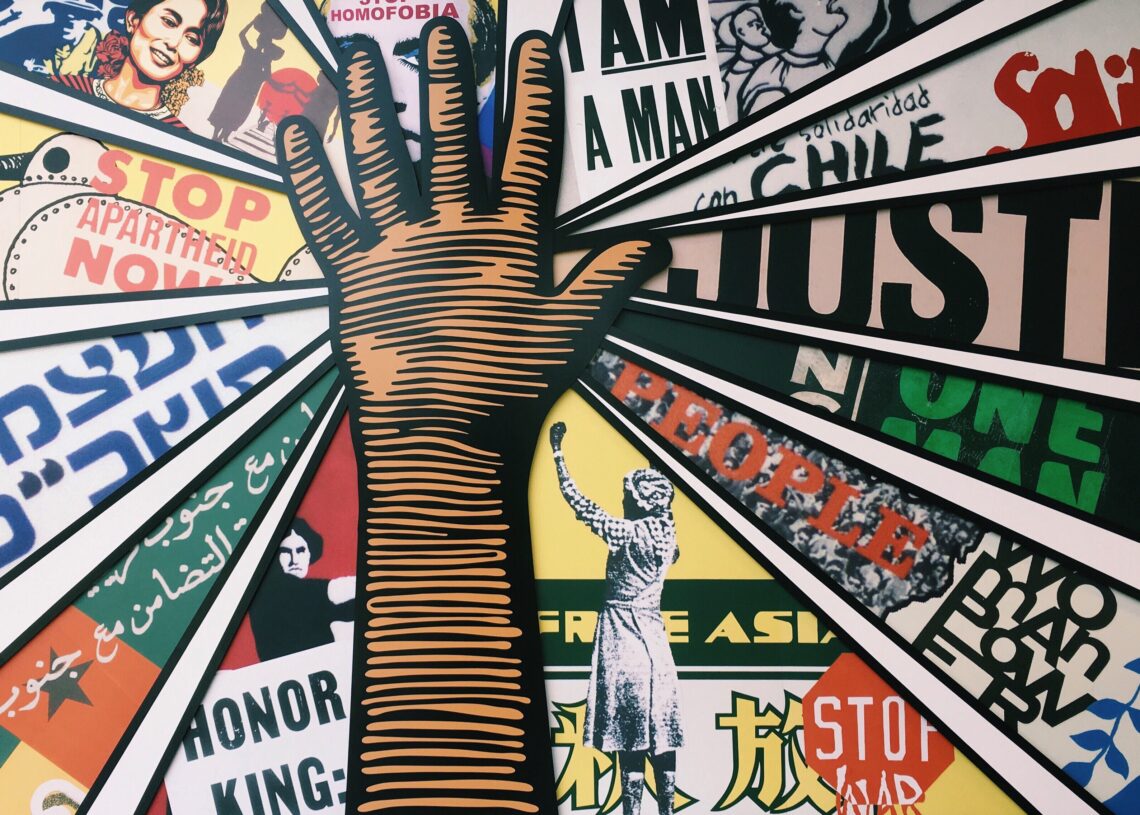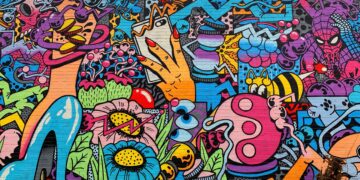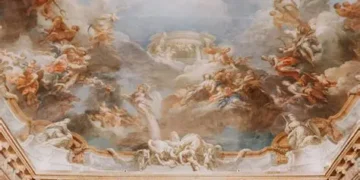1. The Unseen Power of Protest Art
Art has always mirrored societal issues and driven change. Its role as a form of protest is now more vital than ever, offering a unique lens through which to examine power, injustice, and resistance. Contemporary artists are increasingly using their talents to challenge oppressive systems. Community-driven projects, such as public performances, mobilize people against state violence. This blend of storytelling and direct action demonstrates art’s capacity to engage communities and advocate for change.
The power of protest art lies in its ability to foster community engagement. By creating art that resonates with local concerns, artists can spark dialogue and collective action, transforming art from passive observation into an active force for social transformation, empowering individuals to challenge existing power structures.
Despite art’s economic contributions, funding cuts continue to threaten the creative sector. When institutional support diminishes, artists often turn to grassroots methods to sustain their work and amplify their voices. This resilience highlights the unwavering commitment of artists to use their craft as a tool for resistance, even in the face of adversity.
In recent years, art’s role as a form of resistance has become increasingly visible. As political landscapes shift, artists are responding with creative interventions that challenge marginalization and advocate for a more just world. This heightened visibility underscores art’s crucial role in shaping public discourse and holding power accountable.
2. Challenging the Status Quo
Art has long reflected society’s triumphs and tribulations. Now, artists are wielding their creations to dissect and challenge established norms, sparking crucial conversations. Across the world, art is being used as a potent medium to challenge injustice and societal inequities. Many artists use their creative expressions to address critical issues and advocate for change. Exhibitions provide platforms for artists whose works critically engage with issues like race, gender, governance, and activism.
Artists are at the forefront, using their unique perspectives to critique political culture and reflect social fragmentation. Through visual narratives and thought-provoking pieces, they dissect systemic inequalities, prompting viewers to question the status quo. Their work serves as a catalyst for broader social movements.
There’s a growing recognition of perspectives that have often been sidelined. By highlighting these voices, the art world expands its canon of politically engaged art. This shift not only questions authority but actively inspires public dialogue and activism across diverse audiences.
3. Visual Activism: Crafting Change through Creativity
Visual activism has emerged as a potent force, harnessing creativity to drive political resistance and cultural shifts. It’s a dynamic intersection where art becomes a vehicle for voicing dissent, sparking dialogue, and advocating for change. Exhibitions provide artists with platforms to critique social inequities and address issues of identity, governance, and activism. These creative expressions spark community dialogue, fostering deeper understanding and engagement.
Younger generations, particularly Gen Z and Generation Alpha, are increasingly engaged in advocacy for issues like climate change, inequality, gun violence prevention, and social justice. They leverage visual media not only for protest but also to shape public narratives.
The intersection of art and politics is marked by both heightened polarization and innovation. Digital illustration, collage, installations, performance art, protest banners, murals, and social media are harnessed in physical and online spaces. Visual activism functions as a catalyst for awareness-raising as well as a form of direct resistance against perceived injustice or oppression. It serves as a powerful tool for challenging norms and advocating for systemic change. This trend is expected to intensify as sociopolitical challenges persist. As long as injustice continues, visual activism will likely remain a vital form of expression and a catalyst for change.
4. Street Art’s Role in Political Dialogue
Street art has become a powerful form of expression, reflecting and shaping political conversations. Artists are using public spaces to engage with important social and political themes. Street art is now a dynamic tool for political dialogue and resistance, especially in public spaces where different groups often clash. Artists and activists are increasingly using city walls and squares to share messages about social justice, civil rights, and immigration.
From 2024 to 2025, urban environments have been used to highlight messages concerning voting rights and various social issues. Murals and large-scale installations are turning ordinary streets into canvases that spark debate and inspire action. Initiatives like artist-in-residence programs, supported by organizations such as the ACLU of Texas, show that institutions recognize art’s power to mobilize communities around political causes. This support helps artists amplify their messages and reach wider audiences. These creative expressions reflect current societal tensions and encourage civic engagement by making complex political issues accessible through visual storytelling. Street art serves as both a form of protest and a catalyst for societal change.
5. Stories Behind Iconic Protest Works
Art has always been a mirror reflecting society, but it’s also a hammer shaping it. Creativity meets conviction, exploring art that doesn’t just depict reality but actively challenges it, sparking dialogue and driving change. In times of social and political upheaval, art often emerges as a powerful form of expression. Artists transform galleries and public spaces into platforms for protest, using their creations to voice dissent, challenge norms, and advocate for change. These works serve as visual manifestos, capturing the spirit of resistance.
Museums became focal points for activism. Repeated protests addressed issues like war, environmental concerns, and the ethical implications of institutional funding. These actions disrupted exhibitions, drawing attention to critical issues and prompting institutions to reconsider their roles and responsibilities.
Artists directly confronted collective amnesia and highlighted overlooked political histories. Collaborations between advocacy groups and artists brought public attention to voter suppression through murals and street art campaigns. This fusion of art and activism demonstrated the potential for creative expression to drive social awareness.
Despite a downturn in the overall art market, the volume of transactions increased, suggesting a growing interest in more accessible and politically themed works. This shift indicates a broader engagement with art that reflects resistance and social commentary, highlighting the public’s desire for art with a message.
Q&A
Question 1: How does the text illustrate the role of community engagement in protest art?
Answer: The text highlights that protest art’s effectiveness stems from its ability to foster community engagement. Artists create works that resonate with local concerns, sparking dialogue and collective action. This transforms art from passive observation into an active force for social transformation, empowering individuals to challenge existing power structures and advocate for change. Examples include community-driven projects and murals that address local issues.
Question 2: What are some of the challenges faced by artists using their work for political resistance, as discussed in the text?
Answer: The text mentions funding cuts as a significant challenge, forcing artists to rely on grassroots methods to sustain their work. Despite the economic contributions of art, reduced institutional support necessitates creative solutions to maintain their activism. Furthermore, the text implicitly suggests the potential for backlash or censorship when challenging established norms and power structures.
Question 3: What role do younger generations play in the visual activism described in the text?
Answer: The text emphasizes the increasing engagement of younger generations (Gen Z and Generation Alpha) in visual activism. They leverage visual media, including digital platforms, to advocate for issues like climate change, inequality, and social justice. Their participation signifies a growing trend of youth utilizing creative expression for both protest and narrative shaping.
Question 4: How does the text portray the evolving relationship between institutions (like museums) and politically engaged art?
Answer: The text presents a complex relationship. While some institutions, like those supporting artist-in-residence programs, recognize and support art’s power to mobilize communities, the text also shows instances of museums becoming sites of protest and activism, with artists and activists directly challenging institutional practices and funding sources. This suggests a dynamic and sometimes contentious interaction between established institutions and politically charged art.







